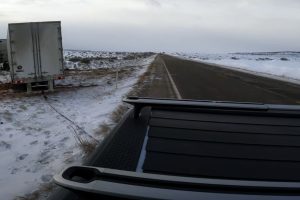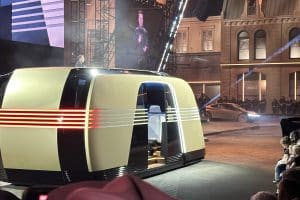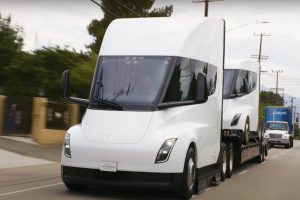- 🚗 The U.S. aims for 33 million EVs and 500,000 public chargers by 2030.
- 🔌 Tesla’s Supercharger network significantly leads in DC fast-charging stations.
- 📊 Tesla constitutes nearly two-thirds of the nation’s DC fast-charging ports.
- 📈 The U.S. is only about 9.1% toward its 2030 EV charging targets, largely due to Tesla.
- ⚡ Tesla is rolling out one Supercharger stall every hour, targeting 23,000 stalls in North America by next year.
- 🔄 Tesla opens Supercharger network to other brands, starting with Ford and expanding to other major automakers.
- 🔌 Most automakers will produce EVs with Tesla’s NACS charging port for Supercharger network access.
- ⚙️ Tesla’s Supercharger network is seen as the most reliable compared to other charging stations.
- 💰 The U.S. government is investing nearly $149 million to fix around 4,500 broken public chargers.
In the realm of electric vehicles (EVs), the need for a robust charging infrastructure is paramount. As the United States sets ambitious goals for EV adoption, with aims of 33 million EVs and 500,000 public chargers by 2030, the spotlight falls on charging networks to support this transition. Among them, Tesla’s Supercharger network emerges as a frontrunner, leading the charge in DC fast-charging stations and reshaping the landscape of electric vehicle charging.
Tesla’s Dominance in DC Fast-Charging
Tesla’s Supercharger network commands a significant presence in the U.S., constituting nearly two-thirds of the nation’s DC fast-charging ports. This dominance underscores Tesla’s commitment to not only advancing its own electric vehicle ecosystem but also propelling the broader EV market forward.
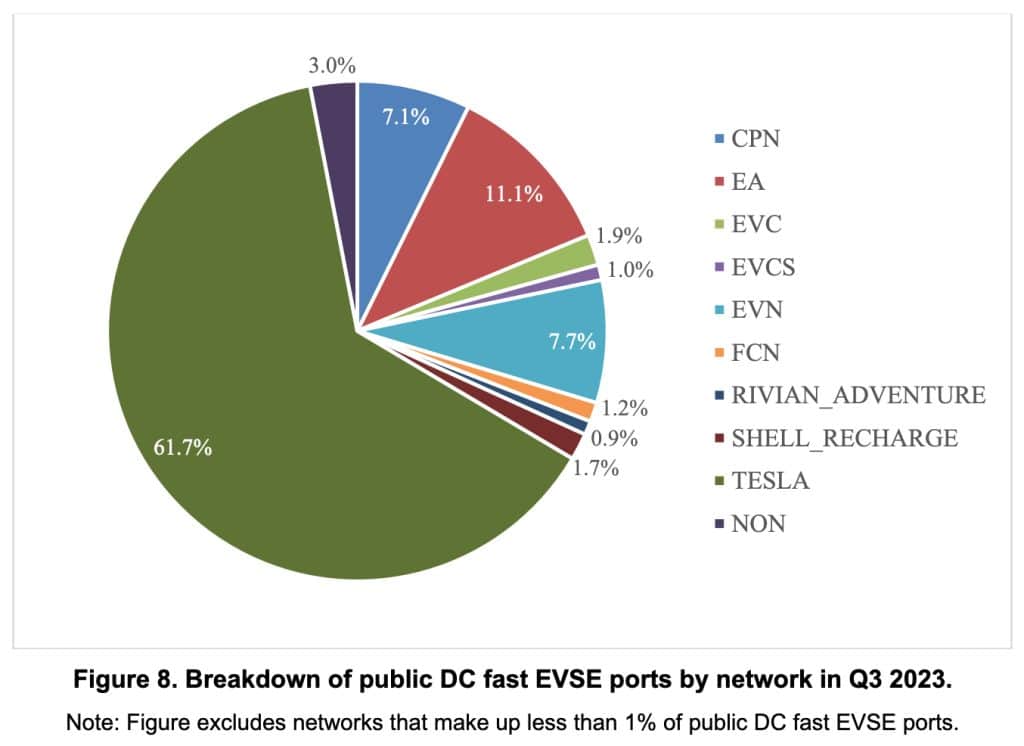
Driving Towards 2030 Goals
Despite the ambitious targets set for 2030, the U.S. remains just 9.1% toward its EV charging goals, with Tesla playing a pivotal role in bridging this gap. With its rapid deployment of Supercharger stalls, Tesla is spearheading efforts to accelerate the transition to electric mobility.
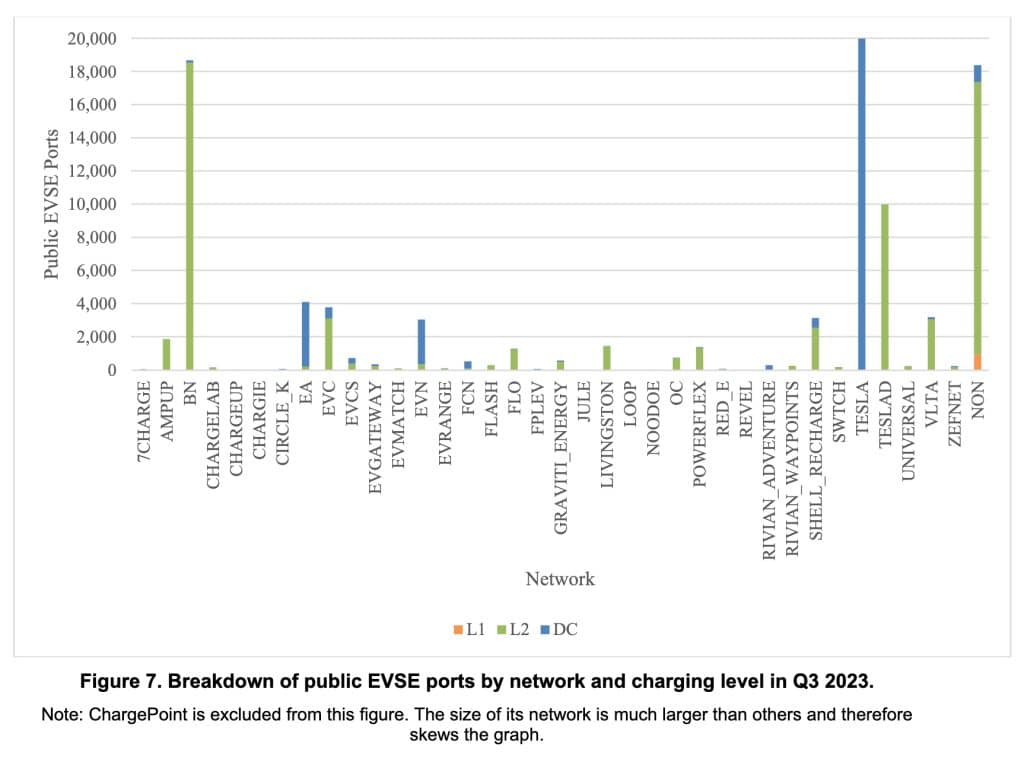
Tesla’s Rapid Expansion
Tesla’s aggressive expansion plans demonstrate its dedication to meeting the growing demand for EV charging infrastructure. By rolling out one Supercharger stall every hour, Tesla aims to bolster its network to 23,000 stalls in North America by the following year, ensuring widespread accessibility for EV owners.
Collaboration for Industry Growth
In a strategic move towards collaboration, Tesla has opened its Supercharger network to other automotive brands, beginning with Ford and extending to major players like Rivian, General Motors, Volvo, and Polestar. This inclusivity not only expands the reach of the Supercharger network but also fosters a sense of unity in driving sustainable transportation forward.
Standardization for Seamless Integration
As most automakers adopt Tesla’s NACS charging port for their EVs, interoperability within the charging infrastructure ecosystem becomes increasingly streamlined. This standardization simplifies the charging experience for consumers and reinforces Tesla’s position as a trailblazer in shaping industry norms.
Reliability Amidst Challenges
While Tesla’s Supercharger network is hailed for its reliability, challenges persist in the broader charging landscape. Reports of outages and malfunctions highlight the need for continuous investment and improvement in charging infrastructure reliability across the board.
Government Support for Infrastructure Development
Recognizing the significance of a robust charging infrastructure, the U.S. government has allocated substantial funding—nearly $149 million—to address broken public chargers. This investment underscores a collective commitment to overcoming barriers and advancing the transition to electric mobility.
In essence, Tesla’s Supercharger network stands as a beacon of innovation in the electric vehicle charging domain, driving progress towards a sustainable transportation future. Through strategic expansion, collaborative efforts, and a commitment to reliability, Tesla paves the way for widespread EV adoption and underscores the pivotal role of charging infrastructure in shaping the automotive landscape.


